Emotional Wellness
Welcome to Emotional Wellness Information and Support. The following provides information for our school community regarding various topics that affect our emotional wellbeing. There are many resources provided to inform and assist you with a range of emotional concerns. The site is not intended to be a fully comprehensive list of information and resources available. It will be updated as needed to meet specific needs relevant to our school community. Please reach out to our staff listed under the contacts tab with any questions specific to your student.
Site updated by Lynn Nissenbaum, September 2022
“When schools purposely choose to build respectful relationships and meaningful connections with students, staff, and families, a sense of safety, belonging, and trust takes hold. When students feel valued, connected, and supported by their school community members, mental health and well-being are just two of many improvements.”
Mason, Rivers Murphy, and Jackson, 2020 Mindful School Communities
Emotional Wellness
Hill and Plain Elementary School: (860) 354-5430
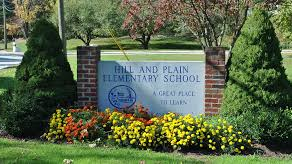
Emotional Wellness Staff:
Heliett Sanchez
School Counselor
Kelly Gray
School Counselor
Laura Ayres
School Psychologist
Michelli Anatolio
School Social Worker
Cindy Steele-Pucci
BCBA-Behavioral Analyst
Northville Elementary School: (860) 355-3713

Emotional Wellness Staff:
Lisa Tarsa
School Counselor
Kelly Gray
School Counselor
Lynn Nissenbaum
School Psychologist
Michelli Anatolio
School Social Worker
Cindy Steele-Pucci
BCBA-Behavioral Analyst
Sarah Noble Intermediate School: (860) 210-4020

Emotional Wellness Staff:
Morgan Stone
School Counselor
Giovanna Scala
School Counselor
Kimberly Shapiro
School Counselor
Adam Ciullo
School Psychologist
Gabriela Payano
School Psychologist
Alicia Hanelt
School Social Worker
Cindy Steele-Pucci
BCBA-Behavioral Analyst
Schaghticoke Middle School: (860) 354-2204

Emotional Wellness Staff:
Beth Heller
School Counselor
Shannon Thomas
School Counselor
Cathy Shea
School Counselor
Jill Strub
School Counselor
Pam Mickewich
School Psychologist
Gabriela Payano
School Psychologist
Tara Jugler
School Social Worker
Kathleen Hamilton
School Social Worker
Shayna Silvestri
BCBA/Behavior Analyst
New Milford High School: (860) 350-6647

Emotional Wellness Staff:
Claudia DeMoura
School Counselor
Kia McKelvey
School Counselor
Erin Moriarty
School Counselor
Maureen Dougherty
School Counselor
Kriston Ervin
School Counselor
Margaret White
School Counselor
Laura Ayers
School Psychologist
Diana Spedafino
School Psychologist
Dawn Wittich
School Social Worker
Renetta Alexander
School Social Worker
Shayna Silvestri
BCBA/Behavior Analyst
Renea Tirrell
Certified Substance Abuse Counselor
Impact of Stress
All students and adults are at risk of an exaggerated stress response if they have experienced :
- recent loss or history of significant loss
- past or current exposure to trauma
- pre-existing behavioral health concerns or history of such
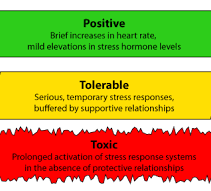
- limited support systems in family, community or workplace
- a feeling of isolation; difficulty with attachment and relationships
- or poor or limited coping skills and supports.
Several key COVID-19 stressors include anxiety about exposure and illness; limited connections to others; a limited support system; lack of cognitive stimulation; monotony; limited access to normal coping strategies; stressed family members; limited resources; financial stress; losses and grief; and uncertainty.
Resource on toxic stress:
Developing Child-Guide to Toxic Stress-Harvard EDU
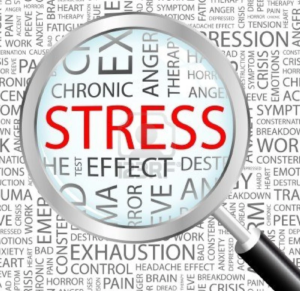 |
How are we adjusting to the changes in our school environment? Recognizing the needs of others is the first step to addressing them and connecting them to resources. Look and Observe
Ask and Listen
Connect to Resource
Student/Family Resources:
|
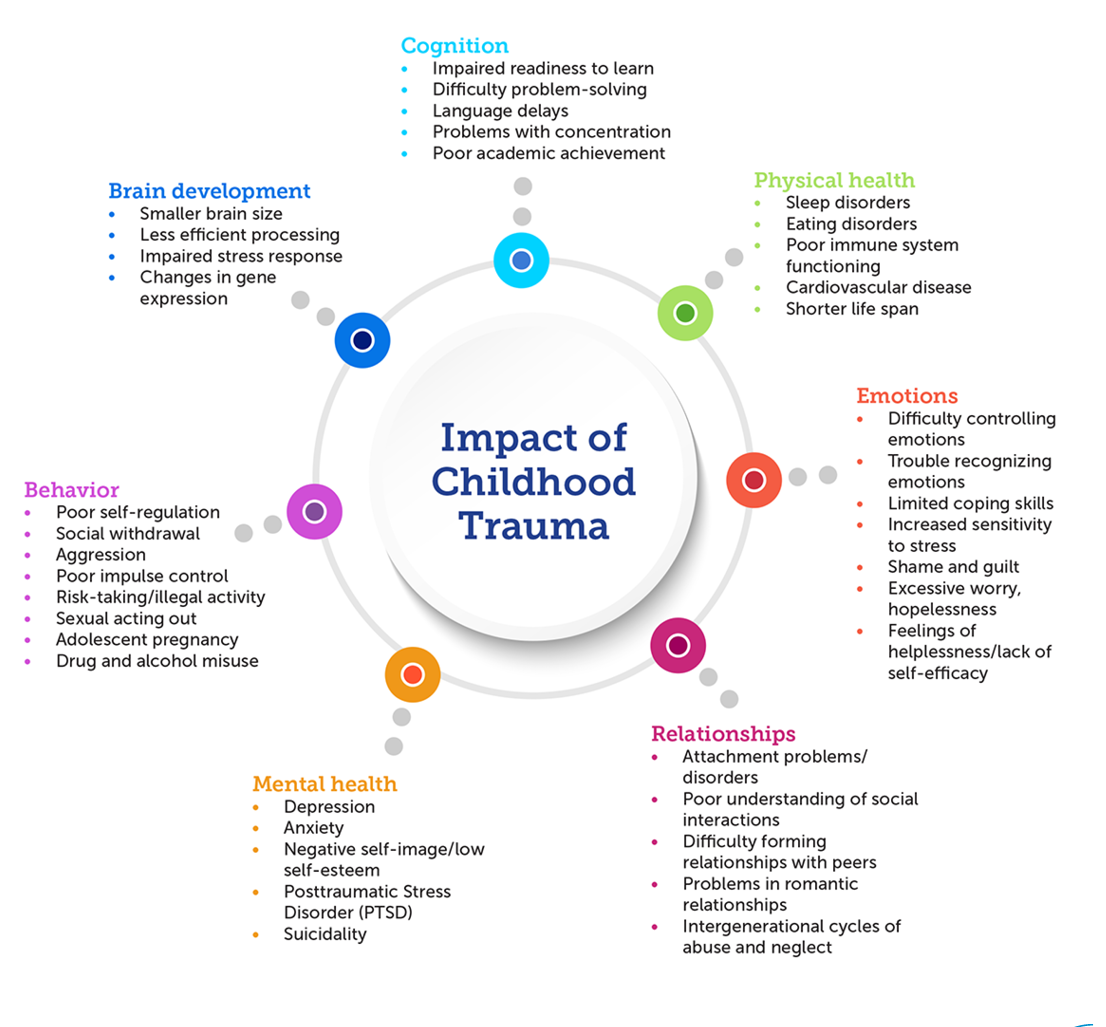
Resources on Trauma:
- How Trauma Informed schools help students succeed
- Child Trauma Toolkit for Educators
- Trauma Informed Approach to Teaching Through the Coronavirus
- Supporting Students experiencing trauma-tips for educators and parents
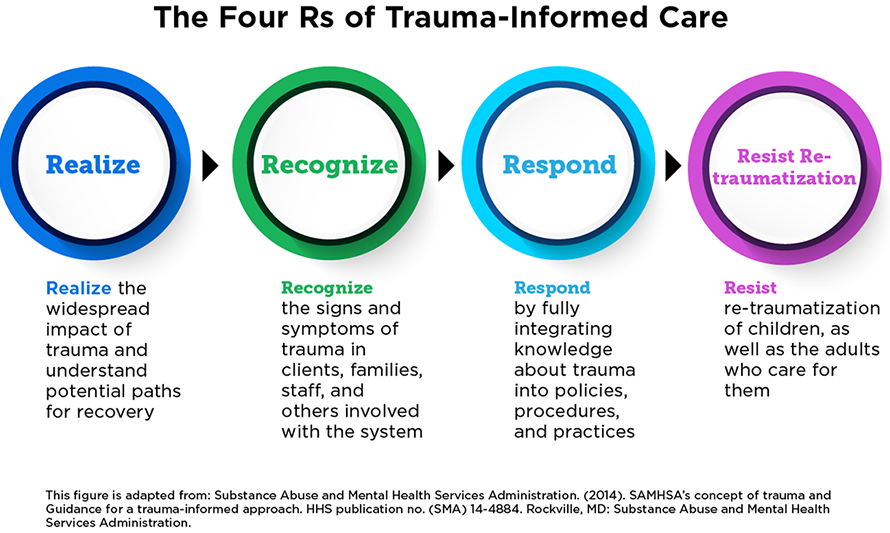

Social Emotional Learning (SEL)
Social emotional learning or SEL is defined by CASEL (Collaborative for Academic, Social, and Emotional Learning) as the process through which children and adults understand and manage emotions, set and achieve positive goals, feel and show empathy for others, establish and maintain positive relationships, and make responsible decisions. Decades of research, practice, and policy have demonstrated the effectiveness of SEL in supporting students’ academic and long-term success. By systematically integrating SEL across classrooms, schools, homes, and communities, adults and students work together to develop and apply five core competencies of self-awareness, self-management, social awareness, and responsible decision-making. These competencies are needed generally throughout our lives and particularly in this moment to manage our own stressors, anxieties, and joy; understand how the pandemic is influencing others (often in inequitable ways); and build relationships and make decisions that best support our communities. Schools can build on their existing strengths to develop a transition plan that supports SEL for students and adults. The guidance below is organized around four critical actions, which are adapted from what has been learned about systemic SEL in collaboration with researchers and practitioners:
- Take time to build partnerships, deepen your understanding, and plan for SEL.
- Design opportunities for adults to connect, heal, and cultivate their own SEL competencies and capacities.
- Create emotionally and physically safe, supportive, and engaging learning environments that promote all students’ social and emotional development.
- Use data as an opportunity to deepen relationships and continuously improve support for students, families, and staff.
The five CASEL core competencies are:
- Self-awareness
- Self-management
- Responsible decision-making
- Social awareness
- Relationship skills
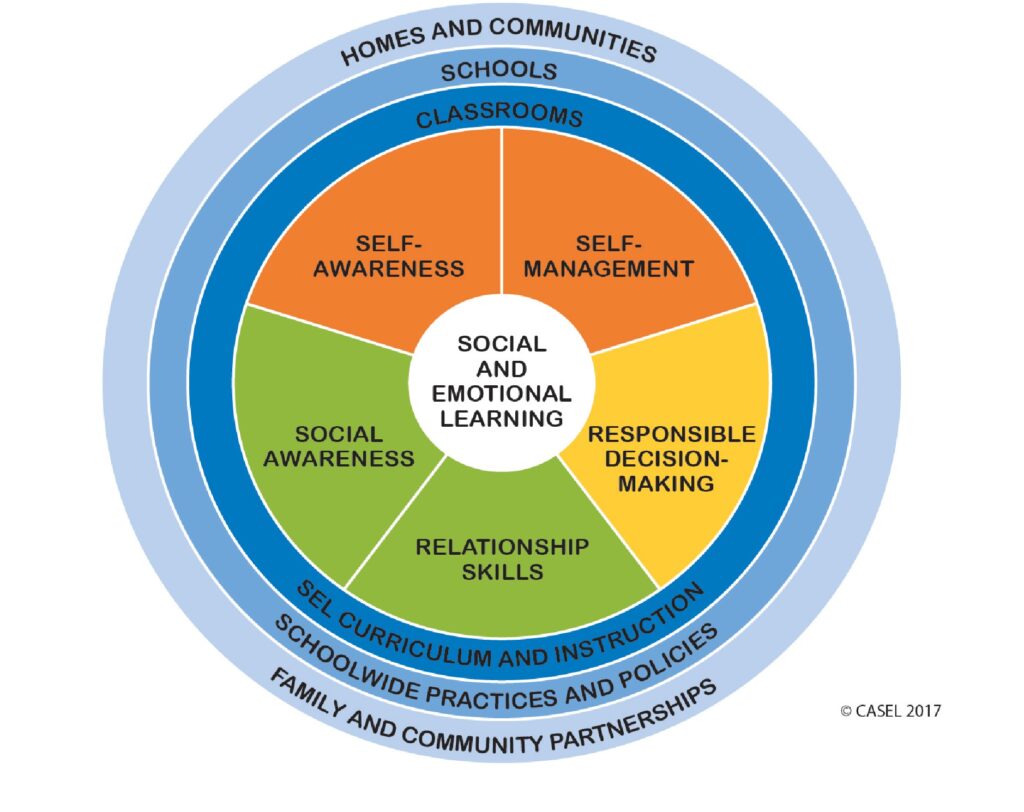
Self-Awareness:
Self-awareness is the ability to identify and assess your thoughts, feelings, and values, as well as how they intersect with your behavior. Students who cultivate self-awareness should be able to pinpoint their strengths and weaknesses with a balance of accuracy and positivity. To practice self-awareness, for example, a student could recognize their stress triggers while still appreciating their hardworking personality.
This core competency also involves combining self-analysis with confidence and optimism. After evaluating their strengths and weaknesses, the ultimate goal is to create a “growth mindset.” Once students have developed self-awareness, they view themselves as capable enough to reach their aspirations despite setbacks or weaknesses.
Like all CASEL core competencies, self-awareness begins in early childhood development and has profound, long-lasting benefits. Students with strong self-awareness skills generally make better choices that reflect ethics and selflessness than those without. In young children, self-awareness development can also be a predictor of emotional intelligence, leadership skills, and long-term success.
Self-awareness skills include:
- Identifying emotions
- Accurate self-perception
- Self-confidence
- Recognizing strengths
- Self-efficacy
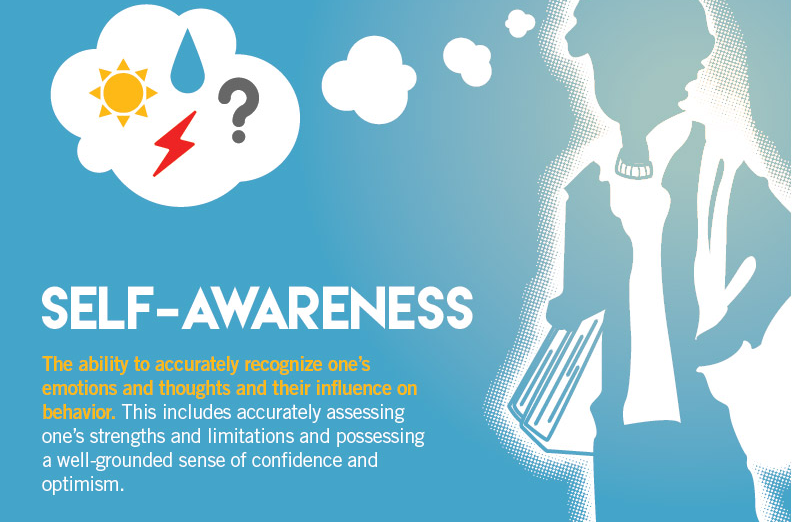
Self-Management:
In many ways, self-management is taking self-awareness and putting it into action. It refers to the ability to not only identify but regulate emotions, thoughts, and behaviors. With self-management skills on their side, students also have a stronger capacity for stress management and impulse control, as well as self-motivation.
Beyond emotional self-regulation, self-management also encompasses positive goal setting. By keeping their thoughts and behaviors in check, self-management can help students develop the willpower, organizational ability, and daily habits needed to meet their aspirations. While this competency can be difficult to teach younger students, it can ultimately lead to a happier and more focused classroom.
According to SEL research, self-management is especially beneficial for students with disabilities. Students with emotional or behavioral issues who study self-management at school often see academic improvement.[And on a classroom-wide level, self-management provides students with study habits that improve their grades for years after the initial lessons.[Teaching students self-management is a gift that keeps giving for a child’s entire academic career.
Self-management subskills include:
- Self-motivation
- Stress management
- Goal setting
- Impulse control
- Self-discipline
- Organizational skills
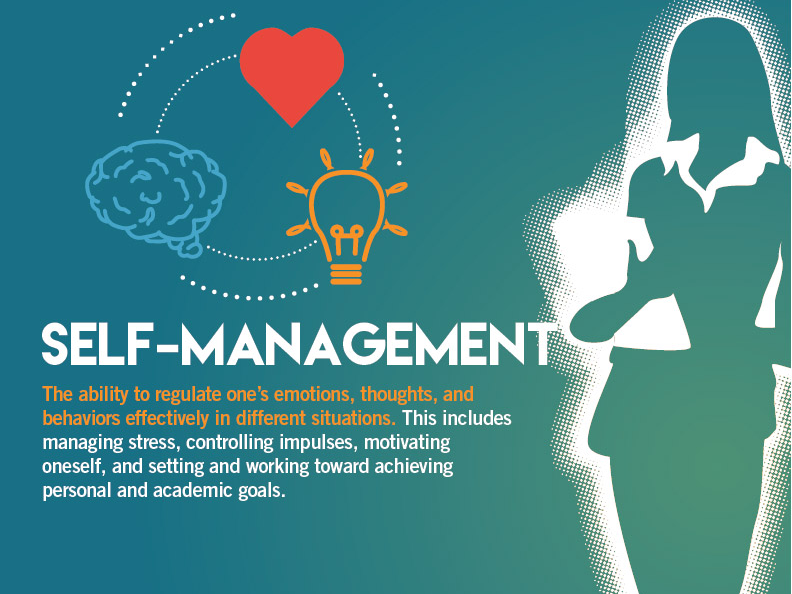
Responsible Decision-Making:
Responsible decision-making is the ability to make positive, constructive choices about your behavior and social interactions. You base these decisions on situational factors such as personal morality, safety concerns, or prosocial behavior.
This core competency also involves a realistic evaluation of various consequences using advanced critical thinking skills. While evaluating, you would consider the well-being of others as well as yourself.
Providing choice-making opportunities for students increases classroom engagement. It also prepares them for future academic or workplace situations where they’ll have to make decisions that affect themselves and others.
Responsible decision-making subskills include:
- Analyzing situations
- Outcome evaluation
- Identifying and solving problems
- Personal reflection
- Ethical responsibility
Social Awareness:
Relationship skills and social awareness go hand-in-hand. Social awareness is the ability to take the perspective of and empathize with others, as well as learning social and ethical behavior. Developing social awareness requires high emotional intelligence, which, just like math or science, has a place in school curriculum.
Social awareness also involves becoming aware of and tolerant towards diverse backgrounds. This appreciation can come from recognizing similarities but also respecting possible differences. Every classroom is made up of children from a variety of lifestyles, cultures, and other circumstances. Adding diversity appreciation to your school standards not only teaches students empathy but helps every family feel welcome at school.
The benefits of social awareness speak for themselves. Research shows that highly empathetic people generally have less stress than unempathetic people. Social awareness also improves cooperation, particularly in tense situations, which strengthens both classroom climates and a student’s capacity for other SEL competencies.
Social awareness subskills include:
- Empathy
- Perspective-taking
- Respect for others
- Diversity awareness
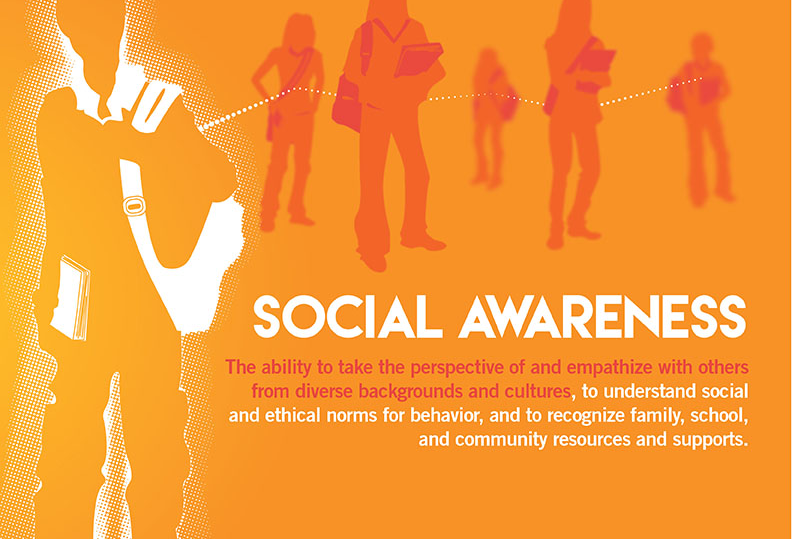
Relationship Skills:
People are biologically wired to need close, rewarding relationships. Learning how to establish and maintain these relationships is essential for not only success but lifelong fulfillment. Relationship skills teach students how to get along and make meaningful connections with people in their life. They could include the ability to communicate, listen, validate emotions, resist social pressures, and use conflict resolution methods, among other social skills.
Another crucial component of this competency is learning to seek or offer help when needed. By knowing when a loved one is struggling and reaching out, students can put their relationship skills to practice. Plus, students can strengthen their relationships and support system by asking for help when challenges arise.
As mentioned earlier, close relationships are essential for both physical and mental health. People who have close relationships in life experience significantly less stress than those who feel isolated. They also have better health overall and are less likely to develop physical or mental illnesses. And, best of all, those with strong relationship skills report feeling a greater sense of purpose in life.
Every component needed to be a healthy, happy human being is affected by the connections we share with other people – which is why teaching your students relationship skills is one of the most meaningful things you can do for them.
Relationship subskills include:
- Verbal and non-verbal communication
- Teamwork
- Social engagement
- Relationship building
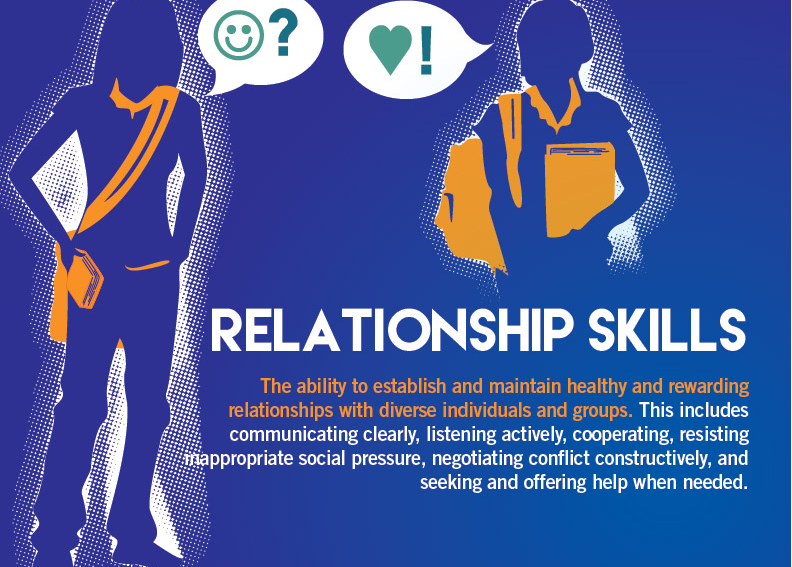
SEL Programs Currently used by NMPS:
Community Resources
- Resource list to connect with Basic Needs (Food & Financial Assistance)
- Childcare Funding for Frontline Workers
- CT Behavioral Health Resources
- Family & Children’s Aid
- New Milford Youth Agency
- Families are Made (FAM) Program
- Healing Hearts -Grief Counseling (provided through Regional Hospice)
- Camella’s Cupboard
- Food Assistance Program for New Milford
- New Milford Social Services
- Wellmore Care Coordination
- 211 Information Line
- 2-1-1 is a free, confidential information and referral service that connects people to essential health and human services 24 hours a day, seven days a week online and over the phone.
- DCF (Dept. of Children and Families)- Information
- DCF Voluntary Care Management Program
- DCF Talk Line: https://portal.ct.gov/DCF/TalkItOut/Home
Local Therapy/Counseling Resources
Mental Health & Parenting Resources
- Webinars from Columbia University Center for Anxiety and Related Disorders:
- Parenting in a Pandemic
- Talk It Out CT- For parents and caregivers who need someone to listen, to understand and to talk your feelings out.
- I Can Calm Myself chart
- Supporting your child’s mental health
- Parenting Strategies for Challenging Times Webinar Series
- Resources for Parents during COVID-19 from Child Mind Institute
- Behavioral Support Strategies
- Supporting Student’s Mental Health-Tips for Parents and Educators
Social Emotional Learning Resources
- 5 Ways Parents Can Help Children Develop Social and Emotional Skills
- Sesame Street: Caring for Each Other
- Stop, breathe, think (daily check in and mood tracker)
- Calm (guided meditations and sleep stories)
- Free Mindfulness Sessions for K-5
- Headspace (variety of activities to manage anxiety and stress)
- Choose Love
Grieving and traumatic grief disrupt normal functioning. Everyone will need to feel they are in a safe place to express and work through their loss and traumatic stress. Recognizing grief and loss can apply to experiences, milestones and changes as well as the literal loss of people or things – and those losses will feel big to students and should be taken seriously and not dismissed as “less than” other, more impactful losses in the adult world.
It is helpful to understand the basic stages of grieving (these can occur in any order):
- Shock: Usually the first reaction, often experienced as numbness or physical pain and withdrawal.
- Denial: Acting as if no loss has occurred to avoid the painful feelings and thoughts.
- Depression: Feeling pain, despair and emptiness is not always accompanied by a visible or expected emotional release such as crying.
- Guilt: Self-blame for not having expressed more caring or a belief the loss was his/her fault.
- Anxiety: Panic reactions as reality sets in.
- Aggression: A misdirection of anger and frustration and a lack of control. Trusted teachers may have negative moods and behaviors directed toward them and see that as rejection, when it is a confirmation of the safe space they have created.
- Reintegration: Loss is accepted (although there may be periods of relapse).
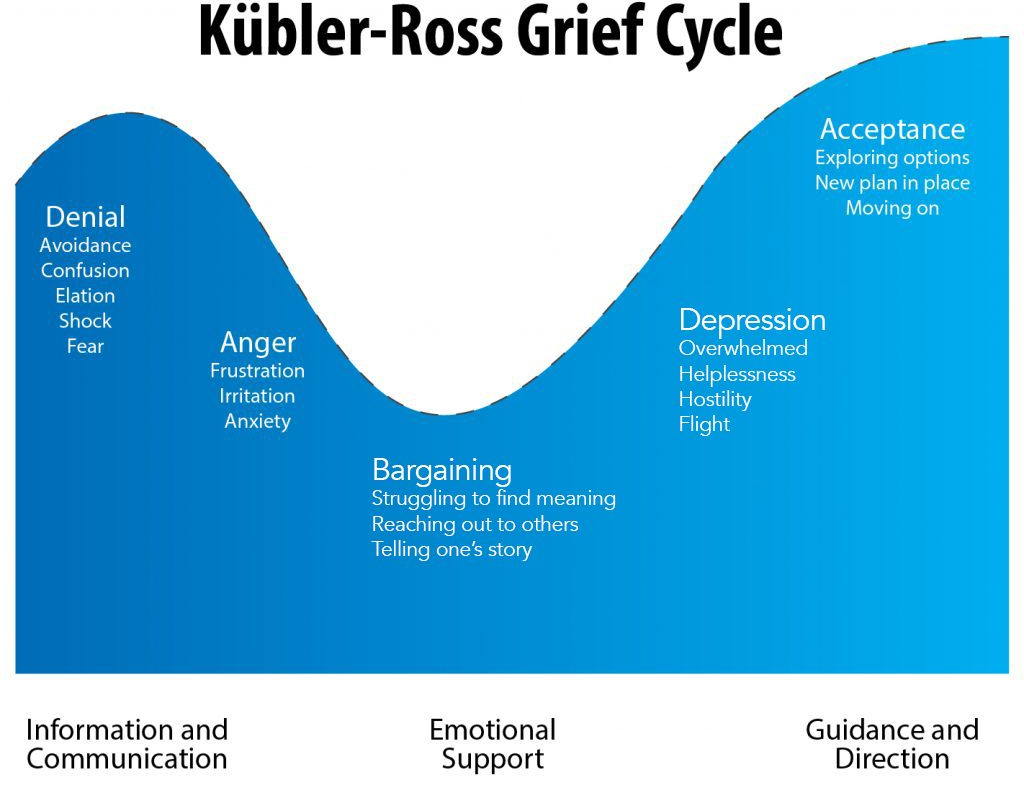
Signs of Grief:
- Regressive behaviors
- Social withdrawal
- Decreased verbalization, attention and concentration, academic performance, or school attendance
- Increased anxiety, irritability, aggression or high risk behaviors
- Somatic complaints including stomach aches and headaches
- Sleep or eating disturbances
- Guilt
- Depression
- Anger at the deceased
- Repeated re-telling of the event
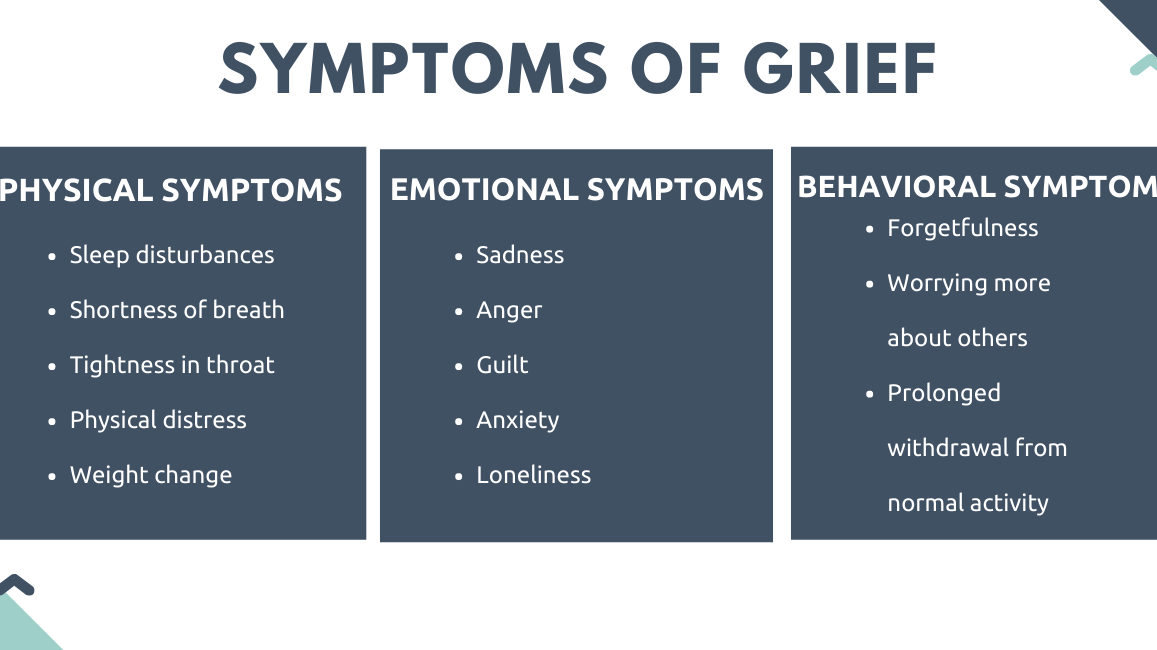
To help others deal with loss:
First acknowledge what has happened. Validate their loss- “I am sorry you are experiencing this”. Then normalize the range of emotions that may be experienced.
Encourage them to talk about what happened and how they feel. (“Tell me what you’re feeling.” “I’m so sorry.”)
Ensure this conversation is happening in a safe space where there is truly time to communicate, share, empathize and grieve.
Remember that adults do not need to hide their own process, challenges or grief.
Adults being open and vulnerable likely will encourage students to share. Adults must do this in a regulated manner (i.e.controlled vulnerability).
Offer for them to speak to a mental health staff in school.

Resources:
The district has implemented full staff professional development regarding trauma informed practices facilitated by School Climate Consultants, LLC. The learning started prior to reopening and is continuing throughout the school year as part of a three-year plan for this professional development need. This training is intended to educate staff about trauma identification while providing practical strategies for enhancing the caring school environments by adding needed insights and supports to address increased stressors the school community is facing. This effort is being made to promote positive, welcoming, supportive school environments that are equipped to understand, acknowledge and support the needs of our students, families, and staff as we navigate these difficult times.